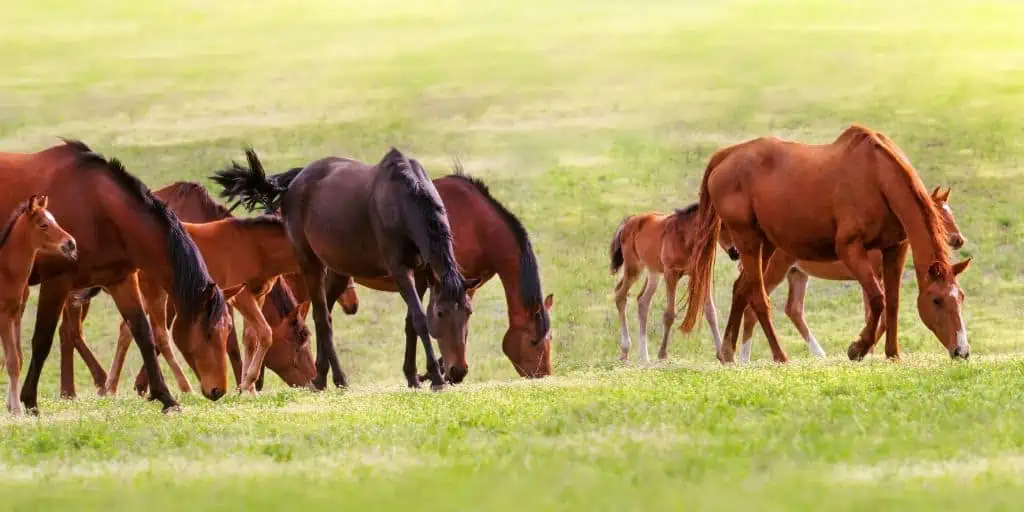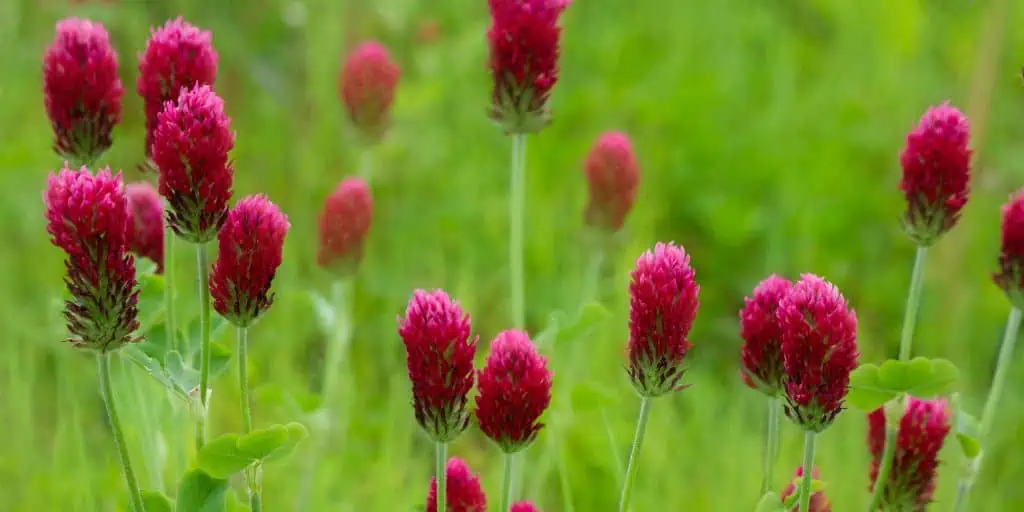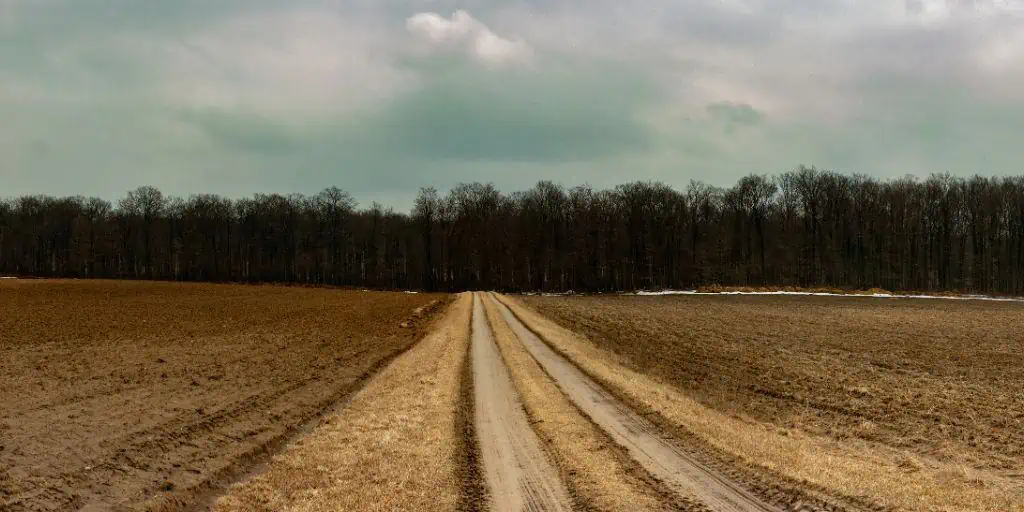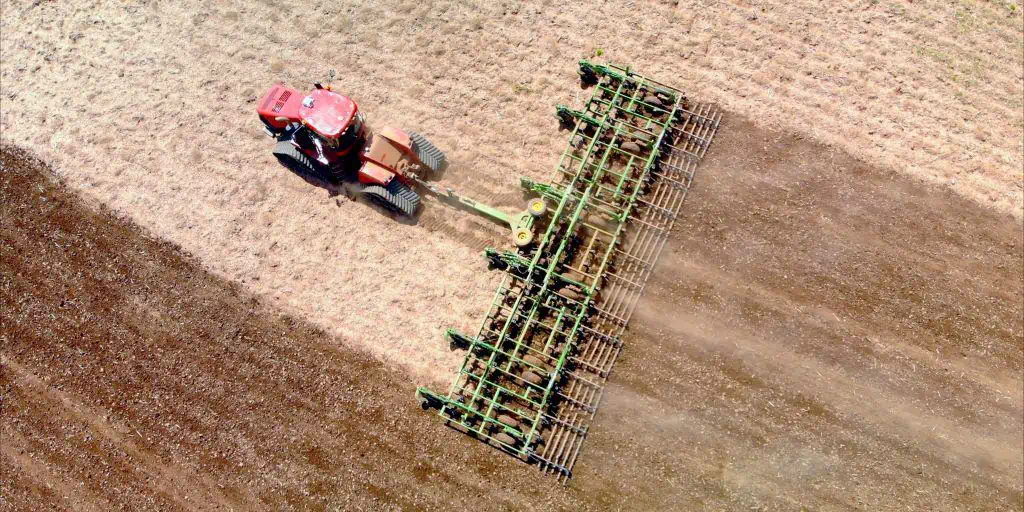What Is Fallow Land?
Shortcuts
- Fallow land is farmland intentionally left uncultivated, without planting or cultivation, for one or more years.
- Allowing the soil to fallow can help the land become fertile again, improve its ability to keep moisture, and get rid of harmful diseases, pests, and weeds that can damage crops.
- The recommended length for a fallow period is five years or at least every other year.
- Fallowing helps maintain long-term soil fertility, achieve high crop yields, and support biodiversity, but may decrease income in the short term.
An Overview of Fallowing
Fallowing means leaving farmland without crops for a while, often as part of crop rotation. It gives the soil a break and helps it become fertile again for growing food.
When land is fallowed, it can be left empty or used to let animals graze, grow cover crops, or plant low-maintenance produce. Fallow periods vary based on the crop rotation system and soil needs, usually lasting from a few months to several years.
Why Farmers Practice Fallowing
Farmers practice fallowing because soil naturally loses nutrients over time. If it can’t replace nutrients like potassium, phosphorus, nitrogen, carbon, and organic matter[1] faster than farming uses them, it will have trouble growing good crops.
Likewise, fallowing helps fields keep water, which is why it’s essential for dryland farming[2]. It also creates a suitable environment for helpful microorganisms[3] to grow.
Finally, it’s a staple farming method that improves soil health, saves water, and controls pests[4] by interrupting their life cycles. It also makes weed removal easier.
RELATED: 27 Land Types and Terminology Every Real Estate Investor Should Know
How Often Should You Leave a Field Fallow?
Experts recommend leaving a field fallow every other year. Keep in mind that a twelve-month fallow period isn’t enough for the soil to fully recover its lost nutrients. In some cases, it may take up to four years for farmland to regain full fertility and be ready for planting again.
Unfortunately, not all farmers can afford to wait this long since following the recommended fallow period to the letter can harm their profits. Instead, use fallowing wisely to give fields the rest they need without hurting your cash flow.
Types of Fallow System
Generally, there are two types of fallow systems: short and long periods. Leaving your land fallow for one to two years is a short fallow period, while anything longer is a long fallow period.
Additionally, some farmers follow the one-third fallow philosophy, which involves leaving the ground to rejuvenate for two years after a year of cultivation.
Another way to classify fallow periods is by considering how farmers use the land during that time:
- Grass fallow is when farmers completely abandon the crop field, letting the land remain untouched and unmaintained.
- Tilled fallow involves the chemical[5] or mechanical maintenance of the soil. This includes using pesticides to eliminate weeds or employing tools to treat the soil.
- In seeded fallow, you sow legume seeds to nourish the field during the fallow period. Legumes such as lentils and peas can enrich the soil and rapidly improve its fertility.
- Conversely, you sow nothing at all when you do white fallow.
Regardless of the type, fallowing is a longstanding practice worldwide and has recently gained popularity in the U.S. and Canada.
Fallow Land vs. Agricultural Land
Fallow land differs from agricultural land in that it’s temporarily removed from production for one or more growing seasons. By contrast, agricultural land is used to raise animals and cultivate crops for human consumption.
Fallow and agricultural areas can coexist. For instance, fallow fields are considered agricultural, but not all agricultural plots are fallow, as some are used commercially.
For example, agricultural land used for cultivating crops is known as cropland, while land used mainly for animal rearing is called pastureland[6].

A herd of horses on a pasture.
In zoning regulations, agricultural land refers to an area designated explicitly for farming purposes. Such a location is safe from urban development.
Barren vs. Fallow Land
The difference between barren and fallow land is that only fallow land is arable (meaning capable of being cultivated), even though both may not yield crops.
Beaches, deserts, and quarries serve as notable examples of barren land. These areas are unsuitable for agriculture due to their infertile soil. While some sparse vegetation may still grow, barren land is highly unproductive from an agricultural perspective.
That said, intervention can transform barren fields into fertile landscapes, although the effectiveness and specific methods used may vary.
For instance, one introduces foreign soil[7] to barren land. This soil contains organisms capable of improving the suitability of unproductive land for agriculture. Once it becomes suitable for cultivation, fallowing can maintain its newly acquired fertility.
Note that the success of these interventions depend on various factors, including the specific characteristics of the barren land and the suitability of the introduced soil and organisms.
Pros and Cons of Fallow Land
As a farming practice, fallowing has several advantages and disadvantages, as described below.
Pros
One of the primary benefits of fallow land is preserving soil health. Whether you use your property for farming or gardening, this practice enables more sustainable land management.
Fallow land is also proven to maintain arable crop fields over the long term. By contrast, if you continuously skip fallow periods, you risk overexploiting your land, eventually rendering it unsuitable for sustainable agriculture.
Allowing your fields to lie fallow enables underground nutrients to move toward the surface, where they become beneficial for future crop growth. In turn, you can save on fertilizers.
Since fallowing can improve your land’s ability to hold moisture, it can reduce irrigation costs (though the impact depends on factors like soil characteristics, climate, and farming methods). Additionally, research suggests that fallow plots promote biodiversity[8].
Cons
The main disadvantages of the fallow system are that it can reduce income and lead to job loss[9].
Fallow land is often unproductive because it doesn’t produce anything that can be sold or consumed until the fallow period ends. Small-scale farmers with limited agricultural land may feel anxious about not planting crops on one or more fields. They also lack the resources available to larger farmers, which can help offset some of the loss.
Although soil fallowing can reduce gross income, there are ways to minimize its negative impact.
For example, raising livestock on fallow land can provide an alternative source of income while the field is resting. You can plant nitrogen-fixing cover crops[10] like legumes as a valuable food source for grazing animals.

Crimson clover (Trifolium incarnatum) is a type of legume cover crop.
Additionally, you don’t need to stop all your regular farming activities when fallowing. Instead, you can adopt a rotational approach by planting crops on one or more portions of agricultural land during specific seasons while leaving others fallow.
Many farmers practice this during spring and fall. This allows for rest and recovery of different parts of the land after harvest and helps maintain soil health and productivity.
Sources
- Gibson, M. (2019, July 18.) Understanding Soil Fertility. Penn State Extension. Retrieved from https://extension.psu.edu/understanding-soil-fertility
- Agricultural technology – Regional variations in technique. (1999, July 26.) Britannica. Retrieved from https://www.britannica.com/technology/agricultural-technology/Regional-variations-in-technique#ref558325
- Roossinck, M. (2008.) Beneficial Microbes for Agriculture. Noble Research Institute. Retrieved from https://www.noble.org/news/publications/ag-news-and-views/2008/october/beneficial-microbes-for-agriculture/
- Kan-Rice, P. (2019, February 8.) Pests and pathogens place global burden on major food crops. ANR Blogs. Retrieved from https://ucanr.edu/blogs/blogcore/postdetail.cfm?postnum=29354
- Gula, L. (2023, February 6.) Researchers Helping Protect Crops From Pests. National Institute of Food and Agriculture. Retrieved from https://www.nifa.usda.gov/about-nifa/blogs/researchers-helping-protect-crops-pests
- Ritchie, H. & Roser, M. (2019, September.) Land Use. Our World in Data. Retrieved from https://ourworldindata.org/land-use
- Pennisi, E. (2016, July 11.) Soil ‘booster shots’ could turn barren lands green. AAAS. Retrieved from https://www.science.org/content/article/soil-booster-shots-could-turn-barren-lands-green
- Wurz, A. (2022, July 27.) How to combine biodiversity with high yields in tropical agriculture? – Insights from a German-Malagasy research collaboration. Nature Portfolio Ecology & Evolution. Retrieved from https://ecoevocommunity.nature.com/posts/how-to-combine-biodiversity-with-high-yields-in-tropical-agriculture-insights-from-a-german-malagasy-research-collaboration
- Cole, S. Escriva-Bou, A. Hanak, E., & Medellín-Azuara, J. (2023, February.) Policy Brief: The Future of Agriculture in the San Joaquin Valley. Public Policy Institute of California. Retrieved from https://www.ppic.org/publication/policy-brief-the-future-of-agriculture-in-the-san-joaquin-valley/
- Beaulieu, D. (2021, June 30.) Nitrogen-Fixing Plants That Aid in Fertilization. The Spruce. Retrieved from https://www.thespruce.com/nitrogen-fixing-plants-2131092










